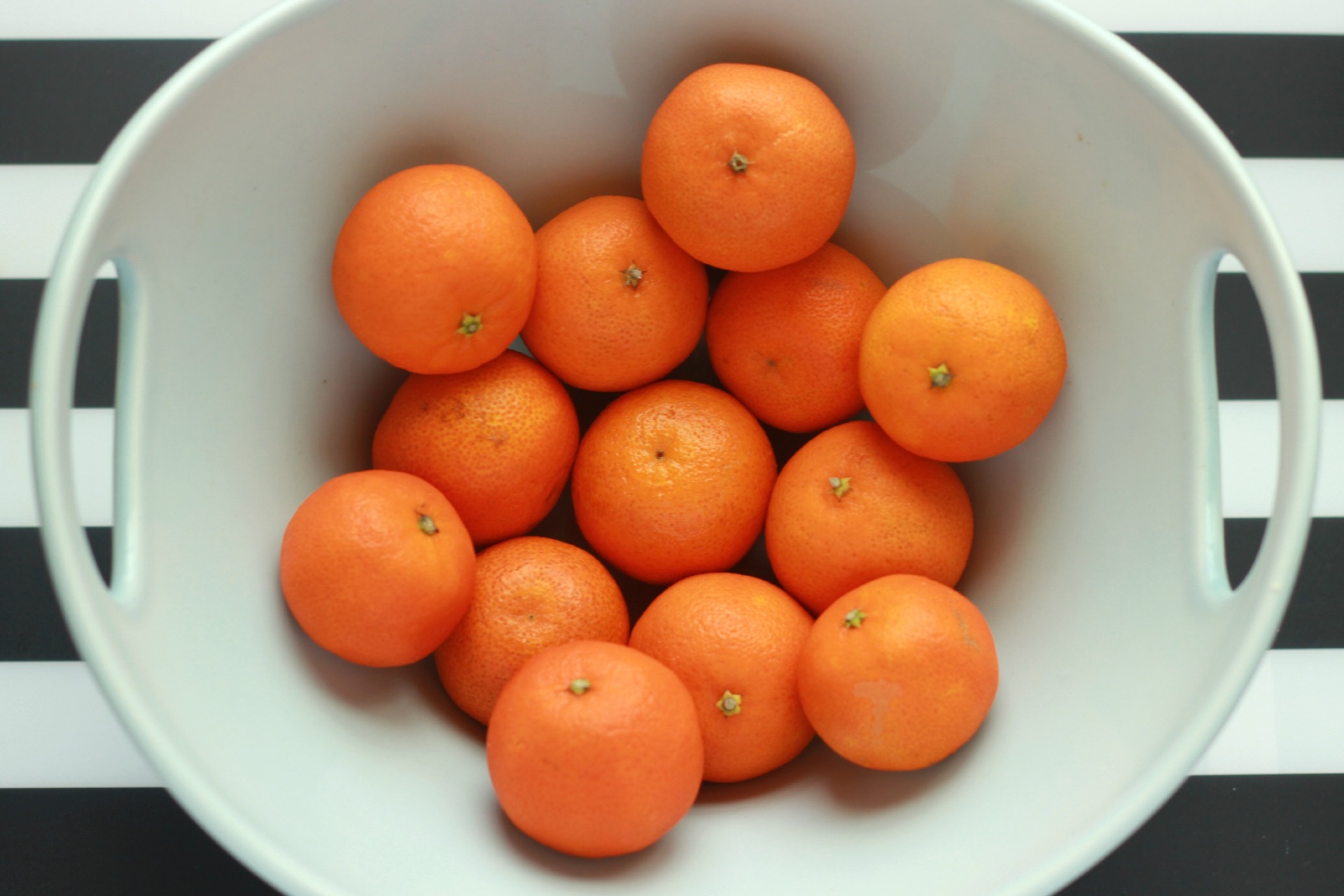

Articles
How To Store Clementines
Modified: May 6, 2024
Learn the best storage methods for fresh clementines in this comprehensive article. Discover helpful tips to keep your clementines fresh and juicy for longer.
(Many of the links in this article redirect to a specific reviewed product. Your purchase of these products through affiliate links helps to generate commission for Storables.com, at no extra cost. Learn more)
Introduction
There’s nothing quite like the sweet and refreshing taste of clementines. These small citrus fruits are bursting with flavor and are a favorite snack for many. But what do you do when you have an abundance of clementines and want to make sure they stay fresh for as long as possible? In this article, we will explore the best methods for storing clementines to keep them juicy and delicious.
Proper storage is crucial to maximize the shelf life of clementines. If stored incorrectly, they can quickly dry out or become moldy, leading to a disappointing eating experience. Whether you’re a clementine aficionado or simply want to enjoy these tasty fruits, the following tips will help you prolong their freshness.
From selecting the right clementines to storing them at the right temperature, we will cover everything you need to know. So, let’s get started on preserving the flavor and juiciness of these delightful citrus fruits!
Key Takeaways:
- Choose ripe, high-quality clementines with a sweet fragrance and vibrant orange color for optimal storage. Properly prepare and store them in a cool, dry place to extend their shelf life and enjoy their juicy, refreshing flavor.
- Whether stored at room temperature or in the refrigerator, clementines can last longer with proper handling. Use them in snacks, cooking, freezing, or infused water to savor their delightful taste and versatility.
Read more: How To Grow Clementines Without Seeds
Choosing the right clementines
When it comes to storing clementines, selecting the right ones is the first step towards ensuring their longevity. Here are a few factors to consider when choosing clementines:
- Quality: Look for clementines that have a firm texture and smooth, blemish-free skin. Avoid any fruits that have soft spots, mold, or signs of damage, as these are more likely to spoil quickly.
- Ripeness: Choose clementines that are at the peak of ripeness. They should have a vibrant orange color. Avoid fruits that are too green or have a yellowish tint, as they may not be fully ripe and might not have the same level of sweetness.
- Fragrance: Give the clementines a gentle sniff. They should have a sweet citrusy aroma. If there is no noticeable fragrance, it could be an indication that the fruits are not as fresh.
Additionally, it’s worth noting that clementines are at their best during the winter months, typically from November to January. During this time, they are in season and tend to have a superior taste and texture.
By selecting high-quality, ripe clementines, you are setting the foundation for successful storage. The freshness and flavor of the fruits will determine how long they will remain tasty and enjoyable.
Preparing clementines for storage
Before you store clementines, it’s important to properly prepare them to ensure optimal freshness. Follow these steps to prepare your clementines for storage:
- Inspect and clean: Examine each clementine to check for any visible signs of damage or blemishes. Remove any fruits that are spoiled or have mold. Then, gently rinse the clementines under cool running water to remove any dirt or residue. Pat them dry with a clean towel.
- Air drying: Allow the clementines to air dry completely before storing them. This will help prevent moisture buildup, which can lead to mold growth. You can place them on a clean kitchen towel or a wire rack for quicker drying.
- Separate and sort: It’s best to store clementines individually rather than keeping them in a large pile. This prevents them from touching, which can lead to spreading of molds or spoilage. Sort the clementines based on their ripeness and separate any that have bruises or cuts.
By taking the time to properly prepare your clementines, you are setting them up for successful storage. These simple preparation steps will help keep your clementines fresh and delicious for a longer period of time.
Storing clementines at room temperature
One common way to store clementines is at room temperature. This method allows the fruits to ripen further and develop a sweeter flavor. Here are some guidelines to follow when storing clementines at room temperature:
- Choose a cool, dry place: Find a cool area in your home away from direct sunlight and heat sources. A pantry or countertop away from the stove or oven is ideal. Make sure the area is well-ventilated to prevent moisture buildup.
- Use a fruit bowl or a wooden crate: Arrange the clementines in a single layer in a fruit bowl or a wooden crate. Make sure there is enough space between each fruit for air circulation. Avoid stacking or overcrowding them, as they can become squished or bruised.
- Regularly check for spoilage: Inspect your stored clementines regularly to ensure none of them are rotting or growing mold. Remove any spoiled fruits immediately to prevent contamination.
Storing clementines at room temperature is a great option if you plan to consume them within a few days. The slightly warmer temperature helps the fruits ripen and become juicier. However, keep in mind that clementines stored at room temperature will have a shorter shelf life compared to those stored in cooler conditions.
Remember, if you notice any signs of spoilage or if the clementines become too soft, it’s best to consume them promptly to avoid waste.
Store clementines in a cool, well-ventilated area away from direct sunlight. They can also be stored in the refrigerator for up to two weeks to extend their shelf life.
Storing clementines in the refrigerator
If you prefer to extend the shelf life of your clementines, storing them in the refrigerator is the way to go. The cold temperature slows down the ripening process and helps to preserve their freshness. Follow these steps when storing clementines in the refrigerator:
- Select a clean container: Choose a clean storage container, such as a plastic or glass container with a lid, or a resealable plastic bag. Ensure that the container is dry before placing the clementines inside.
- Arrange the clementines: Place the clementines in the container in a single layer, avoiding any overcrowding. If using a plastic bag, squeeze out as much air as possible before sealing it.
- Place in the refrigerator: Put the container of clementines in the refrigerator, preferably in the fruit or vegetable drawer. This compartment helps to maintain stable humidity levels, preventing the fruits from drying out.
- Keep away from strong odors: To maintain the quality and taste of the clementines, store them away from strongly scented foods, as they can absorb odors easily.
It’s important to note that refrigerated clementines may have a slightly dull appearance compared to those stored at room temperature. However, the flavor and juiciness will remain intact.
Clementines stored in the refrigerator can last up to two to three weeks, sometimes even longer, depending on their initial freshness. Remember to check for any signs of spoilage before consuming, and discard any clementines that appear moldy or have an off smell.
Read more: How To Grow Clementines From Seed
Extending the shelf life of clementines
If you want to maximize the shelf life of your clementines, there are a few additional steps you can take to keep them fresh and delicious for longer. Here are some tips to help extend the lifespan of your clementines:
- Keep them dry: Moisture can accelerate the spoilage of clementines. Make sure the fruits are dry before storing them, as any excess moisture can lead to mold formation. Avoid washing them unless necessary.
- Do not store near ethylene-producing fruits: Ethylene is a natural gas that accelerates the ripening process in fruits. Avoid storing clementines near ethylene-producing fruits like bananas, apples, or tomatoes, as it may cause the clementines to spoil faster.
- Avoid exposure to sunlight: Direct sunlight can cause clementines to overripe and potentially spoil. Store them in a cool, dark place away from direct sunlight to preserve their freshness.
- Handle with care: Be gentle when handling clementines to avoid bruising or damaging the fruit. Even small bruises can lead to spoilage, so take care when placing them in storage or transferring them to different containers.
- Rotate the fruits: If you have multiple clementines, it’s a good idea to periodically rotate them. Move the fruits that have been in storage for the longest time to the front, ensuring that they are used before the newer ones.
By following these tips, you can significantly extend the shelf life of your clementines and enjoy them for a longer duration.
Tips for using stored clementines
Now that you’ve stored your clementines and preserved their freshness, it’s time to enjoy them! Here are some tips for using stored clementines:
- Peel and eat: The simplest and most refreshing way to enjoy clementines is to peel them and eat them as a snack. Their juicy segments are perfect for on-the-go snacking or adding to fruit salads.
- Juicing or smoothies: If you have an abundance of clementines, consider juicing them or adding them to smoothies. Their sweet and tangy flavor adds a delightful twist to your favorite beverages.
- Cooking and baking: Get creative in the kitchen by incorporating clementines into recipes. Their zesty taste pairs well with both savory and sweet dishes. Use the juice or zest to flavor marinades, dressings, or desserts.
- Freezing: If you find yourself with more clementines than you can consume, consider freezing them. Peel and separate the segments, place them on a baking sheet lined with parchment paper, and freeze until solid. Then, transfer the frozen segments to a freezer-safe bag or container for later use in smoothies or as a frozen treat.
- Clementine-infused water: Enhance your hydration routine by adding slices of clementines to water. This adds a subtle citrus flavor and makes staying hydrated more enjoyable.
Remember, the flavor and sweetness of clementines can vary depending on the variety and ripeness. Experiment with different recipes and find your favorite ways to enjoy these delicious fruits.
Lastly, be sure to use your stored clementines before they spoil. While proper storage can extend their shelf life, they will eventually lose their freshness over time. So, make the most of your stored clementines and savor the burst of flavor they have to offer.
Conclusion
Clementines are a delightful fruit known for their refreshing taste and vibrant flavor. By following the right storage methods, you can ensure that your clementines stay fresh and delicious for as long as possible.
Choosing high-quality clementines and properly preparing them for storage are essential steps in maximizing their shelf life. Whether you decide to store them at room temperature or in the refrigerator, it’s important to create optimal conditions that prevent spoilage and maintain the fruit’s natural sweetness and juiciness.
By extending the shelf life of your clementines, you can enjoy their delightful taste in various ways. Whether you choose to snack on them, use them in cooking and baking, or freeze them for later use, the versatility of clementines adds a burst of flavor to your culinary adventures.
Remember to regularly check your stored clementines for any signs of spoilage and consume them before they go bad. While proper storage methods can help prolong their freshness, clementines will eventually lose their flavor over time.
So, make the most out of your stored clementines and experience the joy of this delicious and nutritious fruit. Whether you’re enjoying them as a snack, incorporating them into recipes, or using them to enhance your hydration, clementines are sure to brighten up your days with their tangy and sweet goodness.
Now that you have the knowledge to properly store and use your clementines, go ahead and indulge in the delightful flavors they have to offer. Enjoy the juicy and refreshing taste of clementines any time of the year, and make the most of their deliciousness!
Now that you've mastered storing clementines, why stop there? Expand your preservation prowess with our guide on fruit storage. From apples to zucchinis, discover how to keep your favorite fruits in peak condition all year round. Don't let spoilage spoil your day—get the lowdown on effective fruit storage techniques and make the most of every harvest!
Frequently Asked Questions about How To Store Clementines
Was this page helpful?
At Storables.com, we guarantee accurate and reliable information. Our content, validated by Expert Board Contributors, is crafted following stringent Editorial Policies. We're committed to providing you with well-researched, expert-backed insights for all your informational needs.


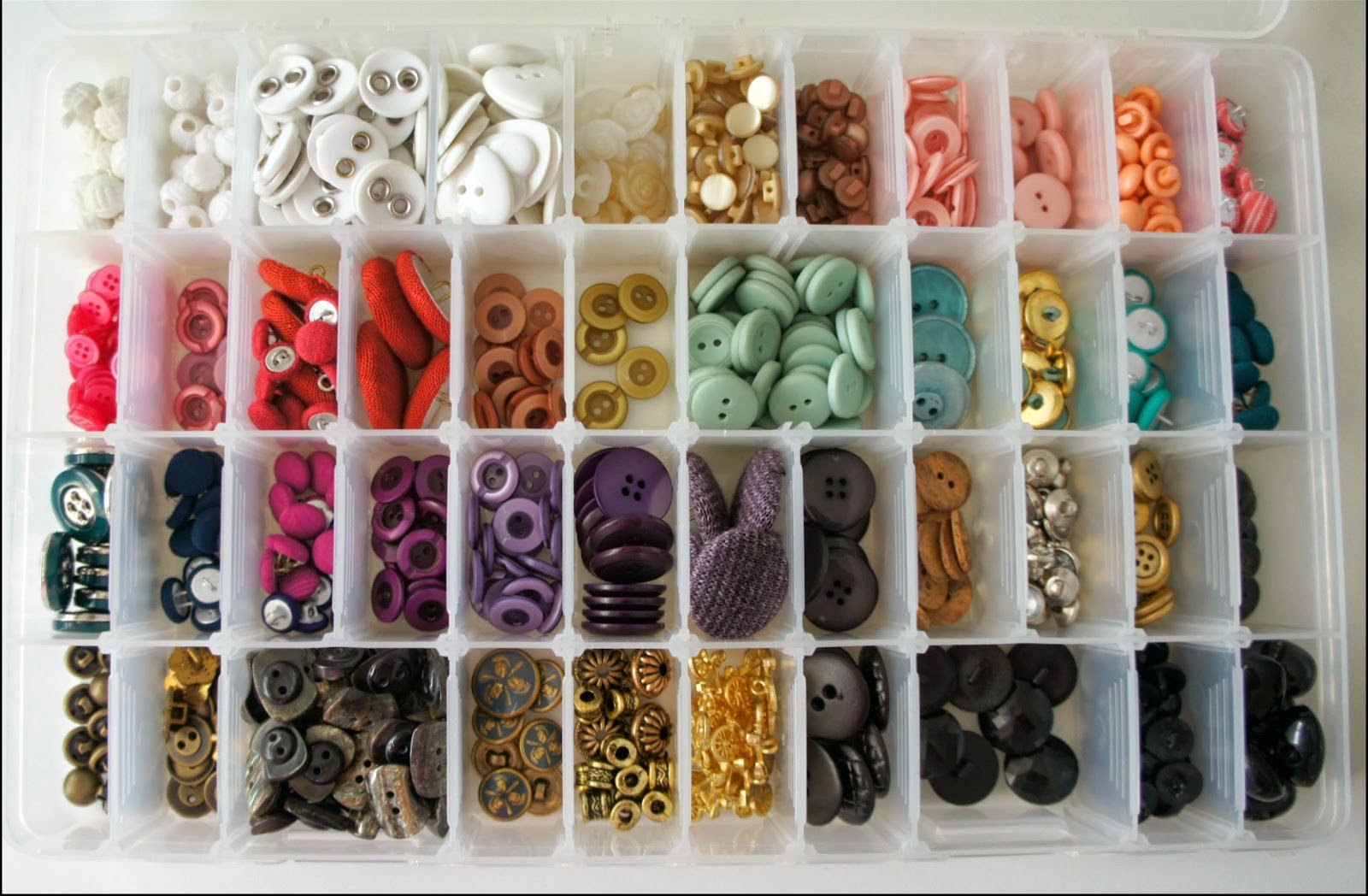


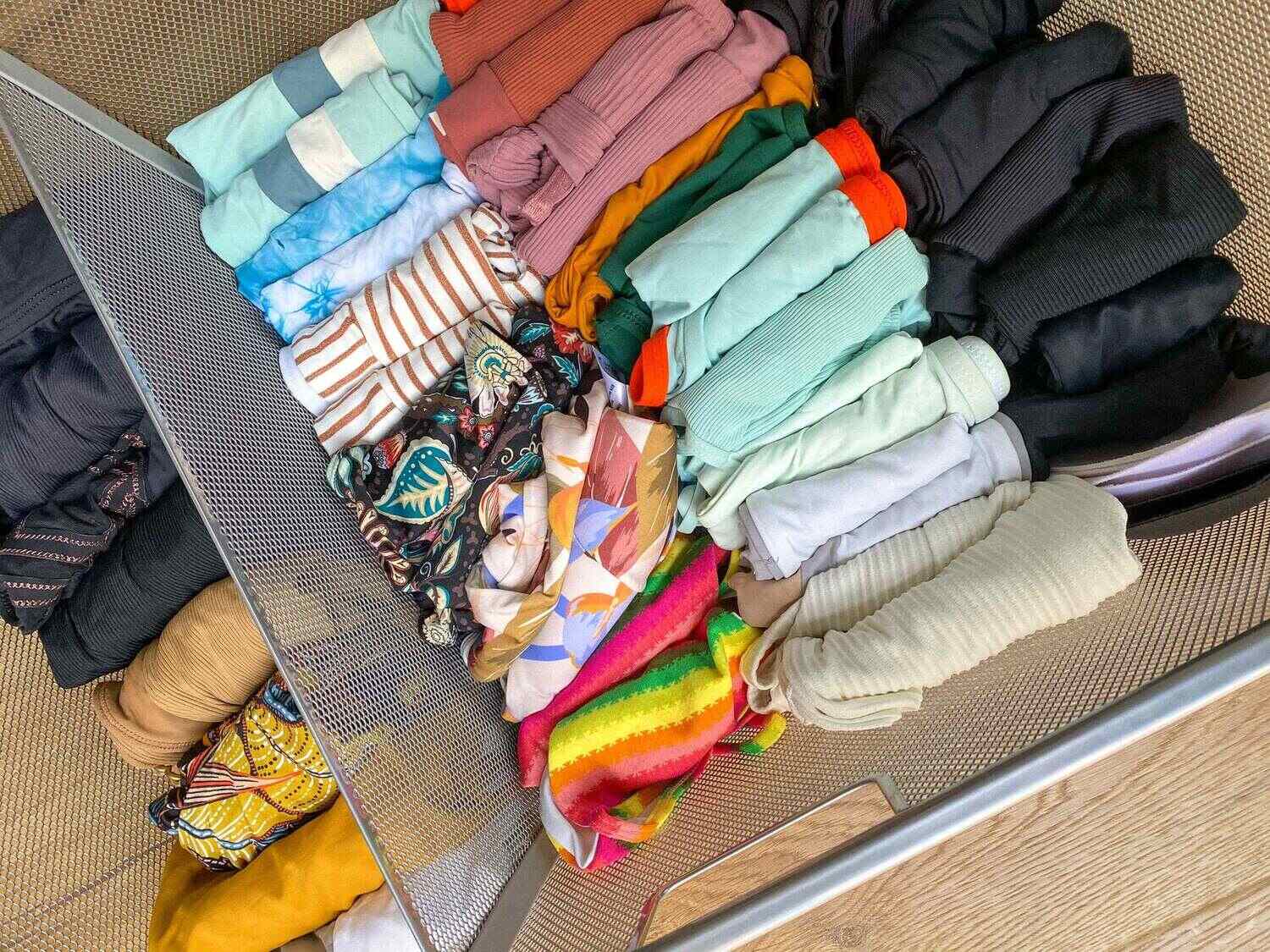

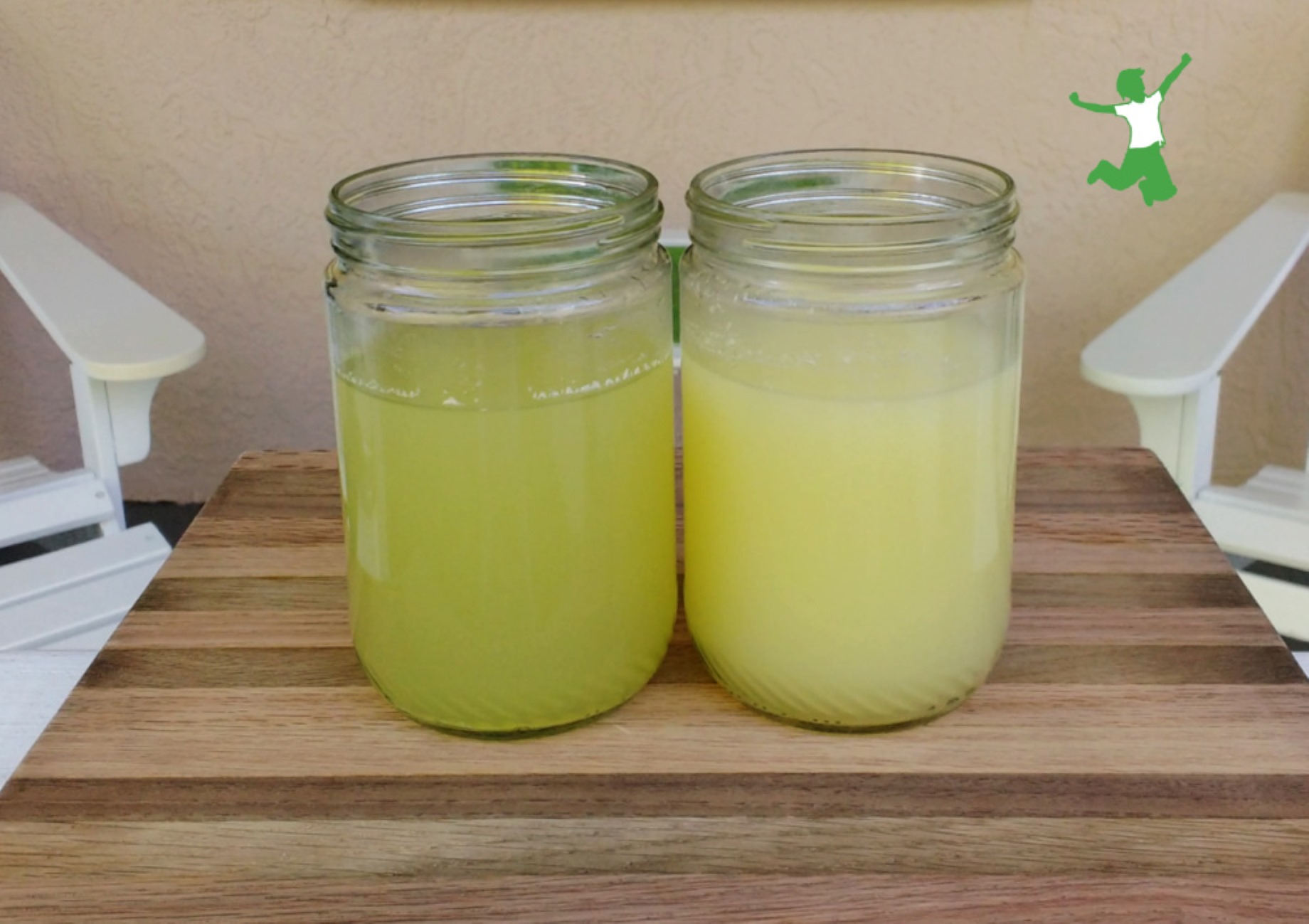


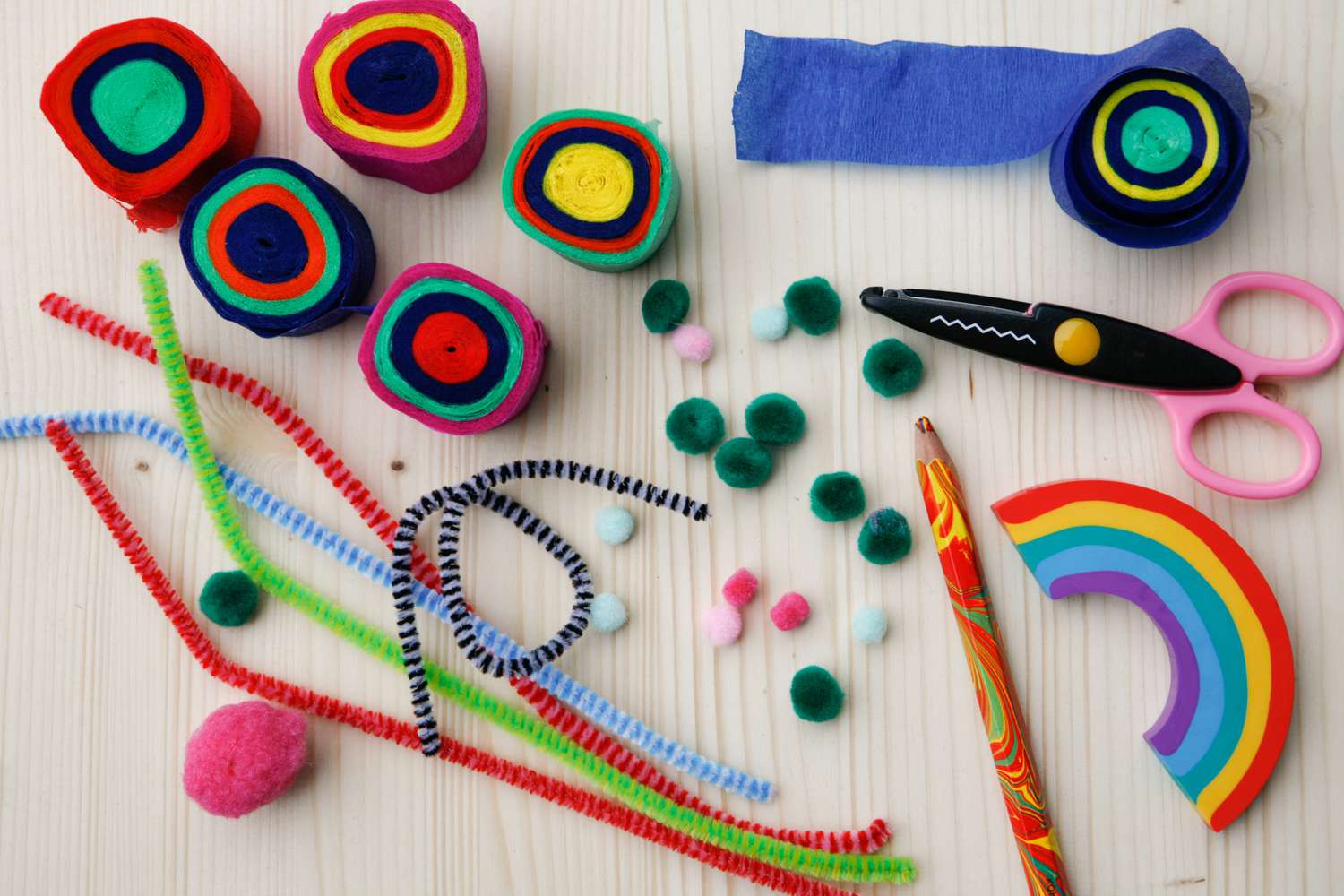
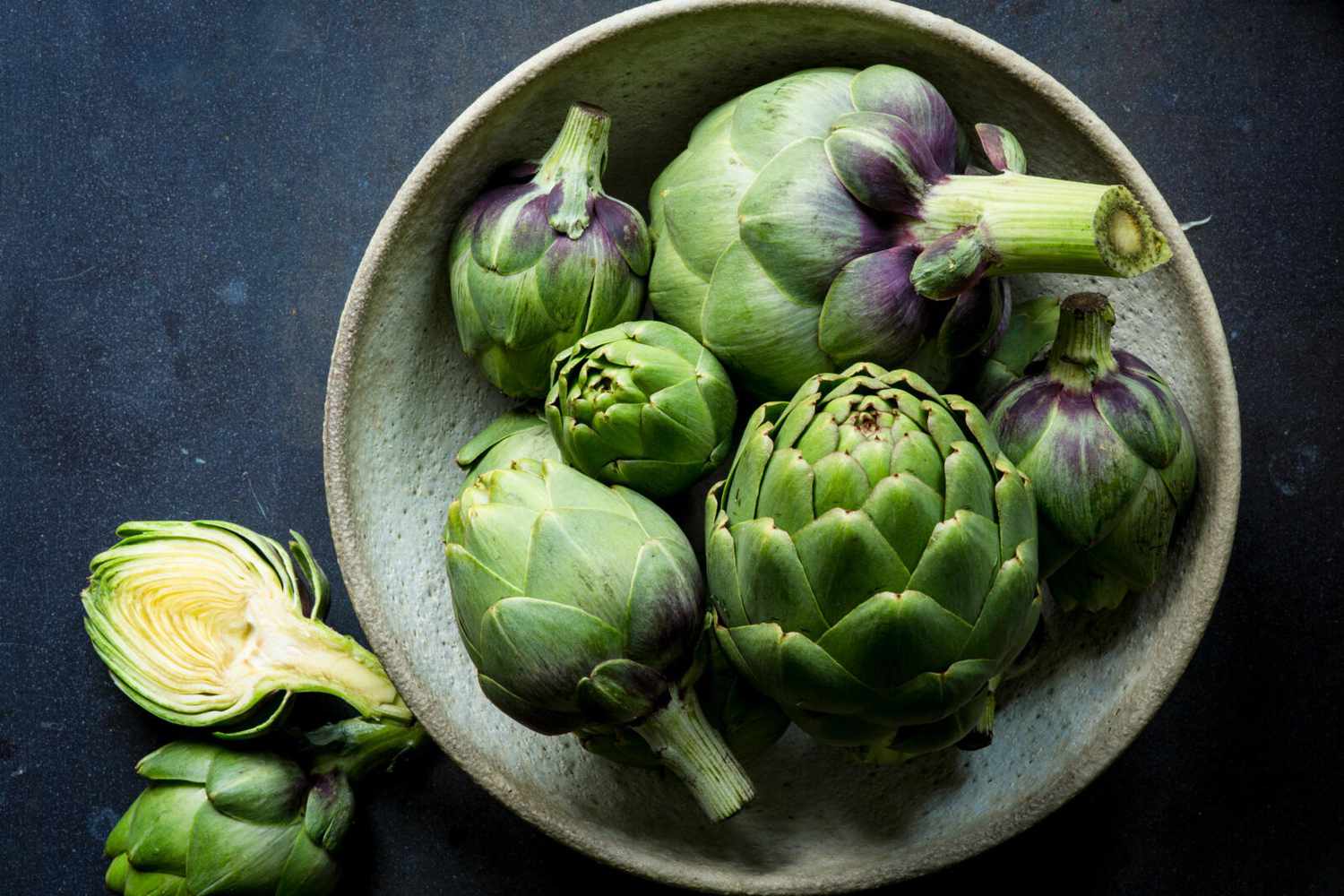
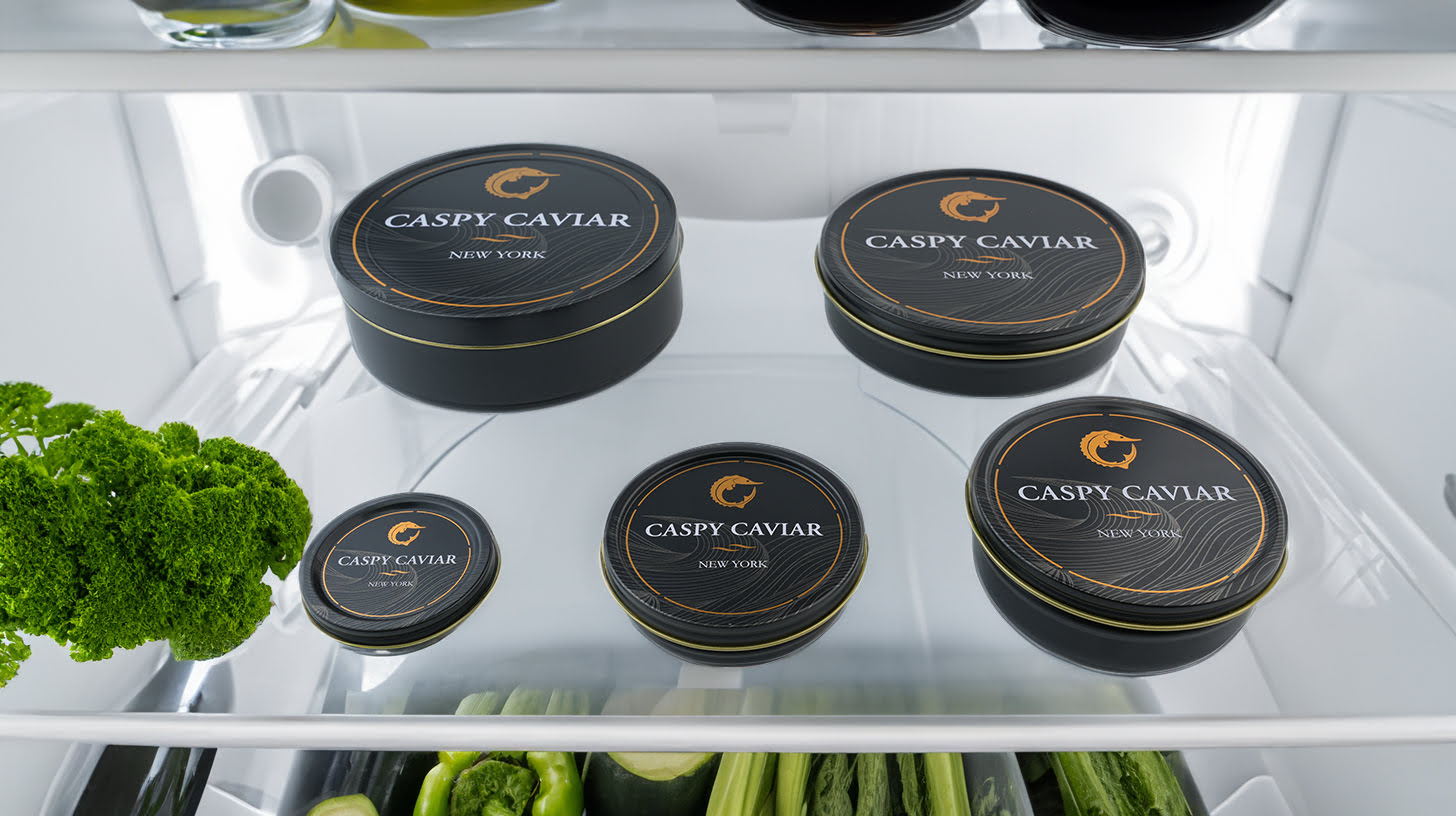
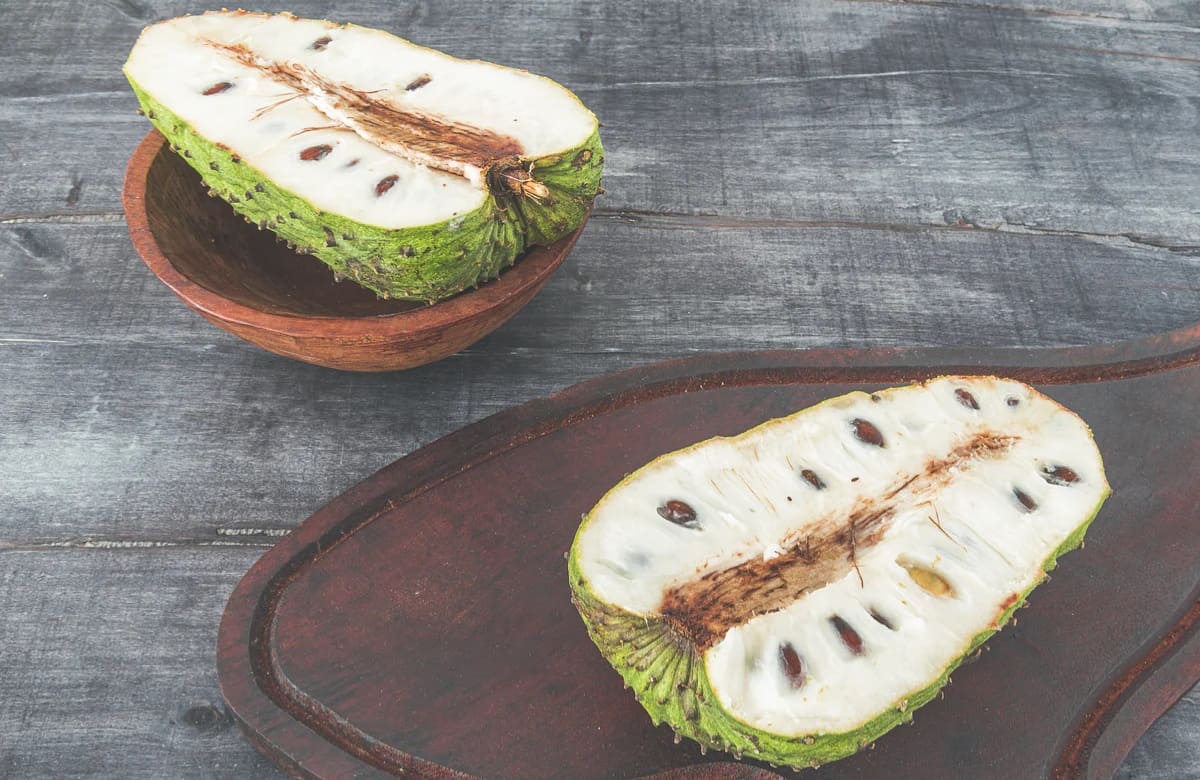

0 thoughts on “How To Store Clementines”